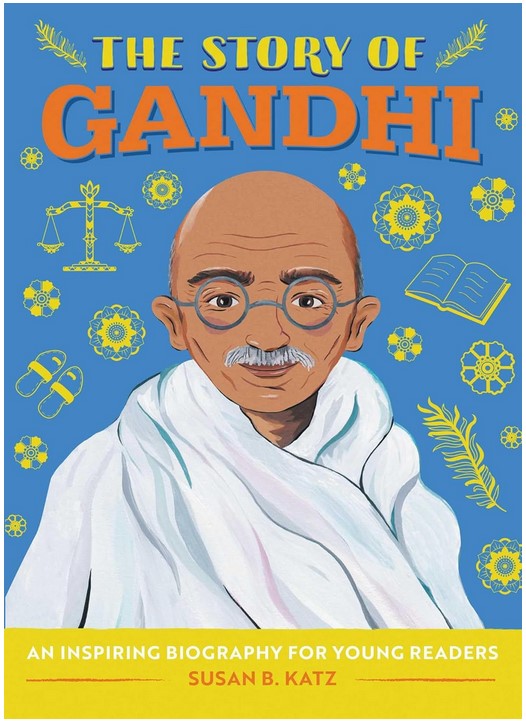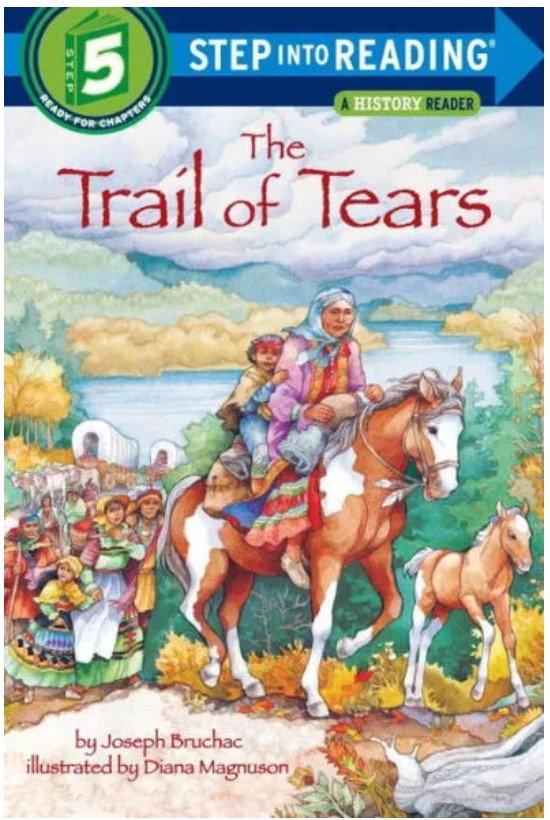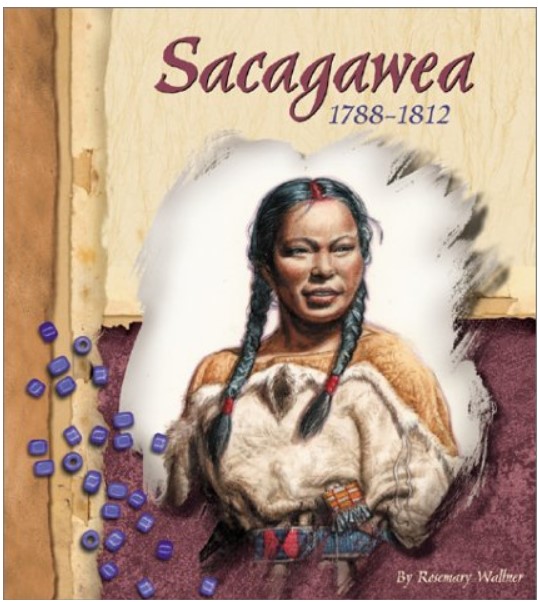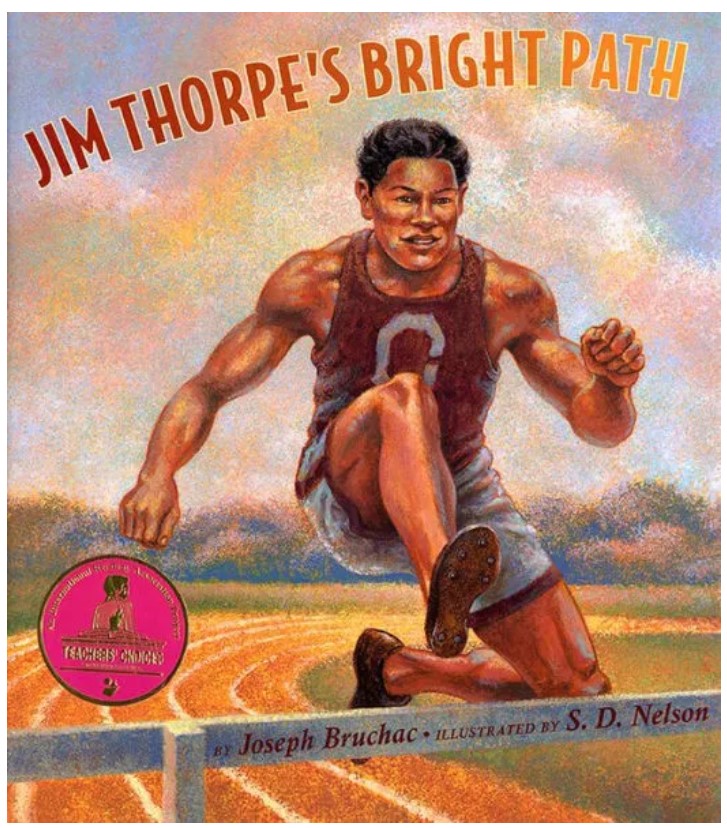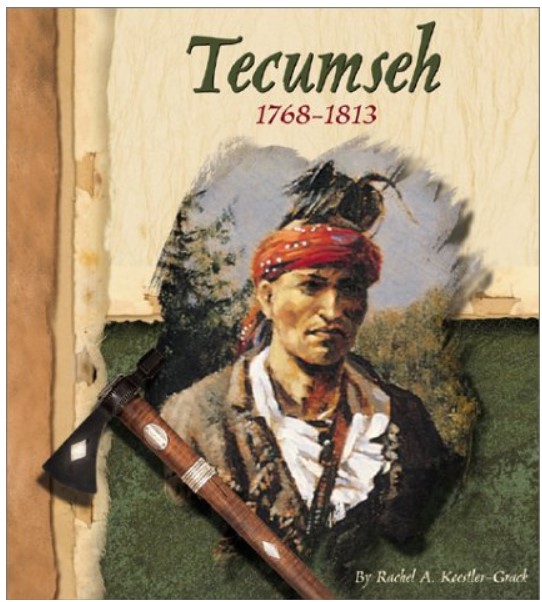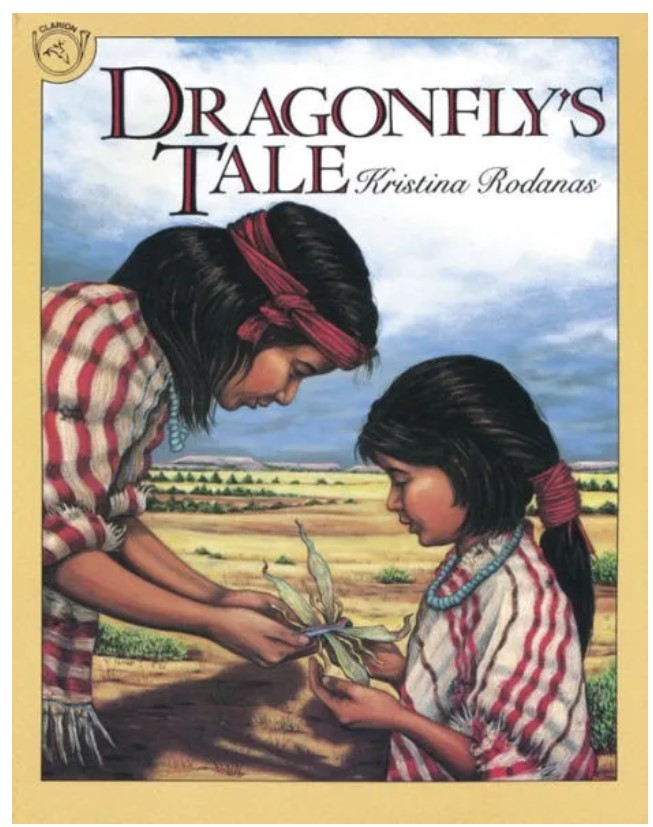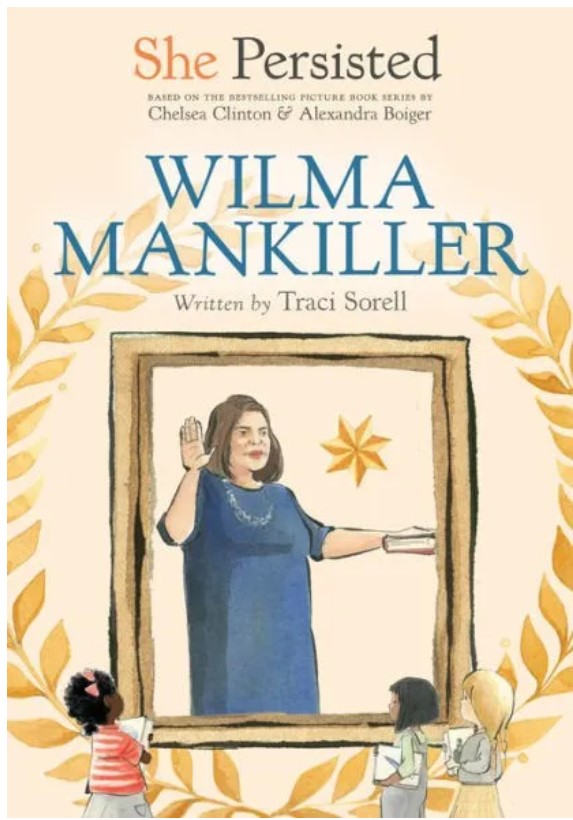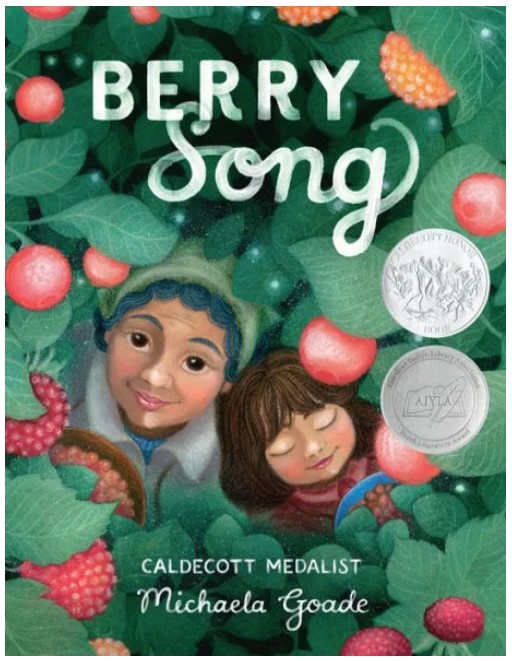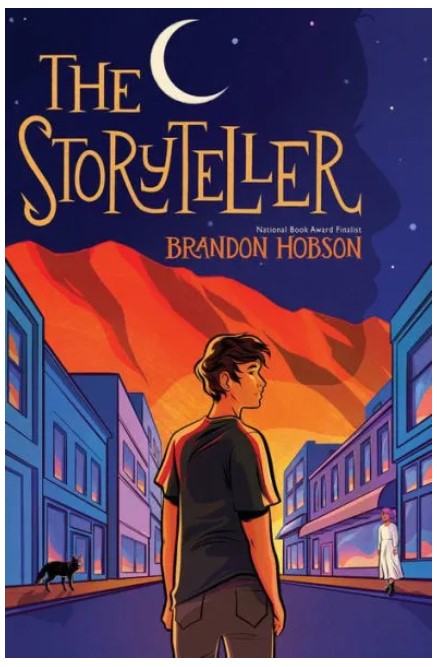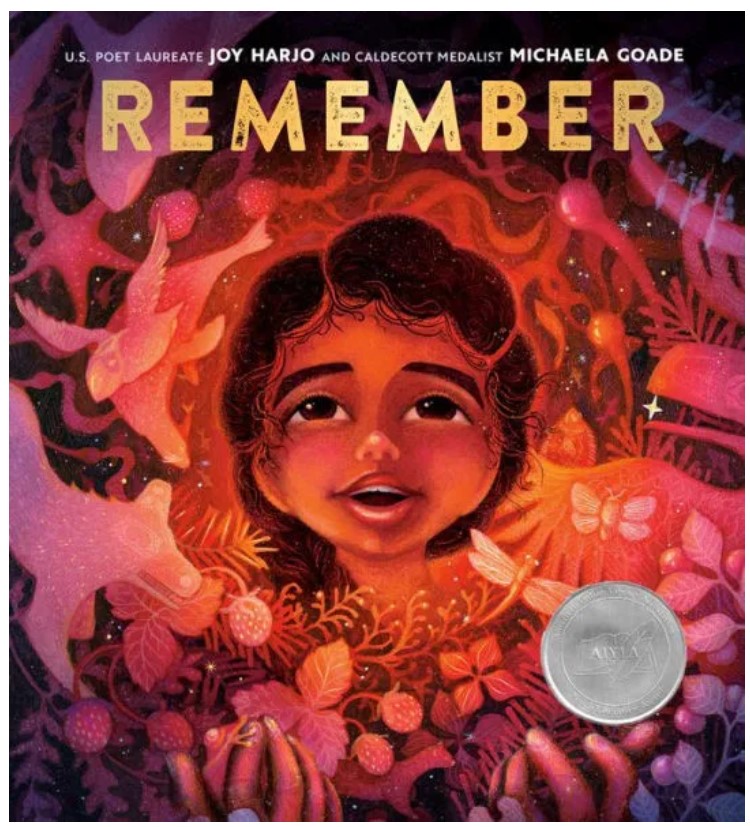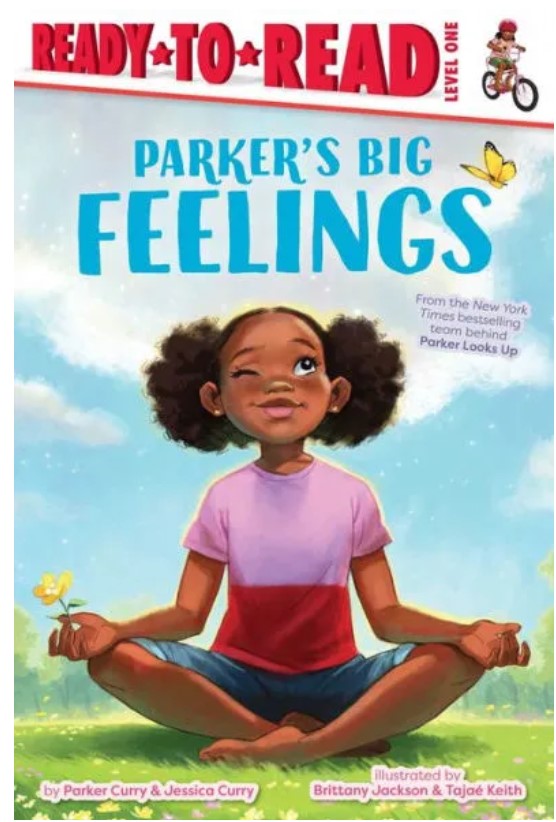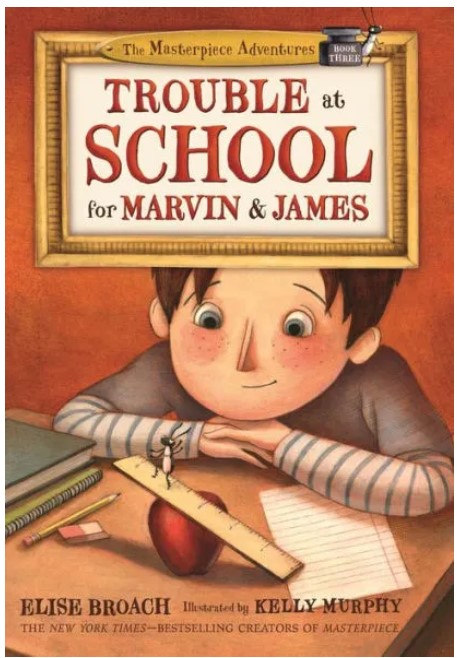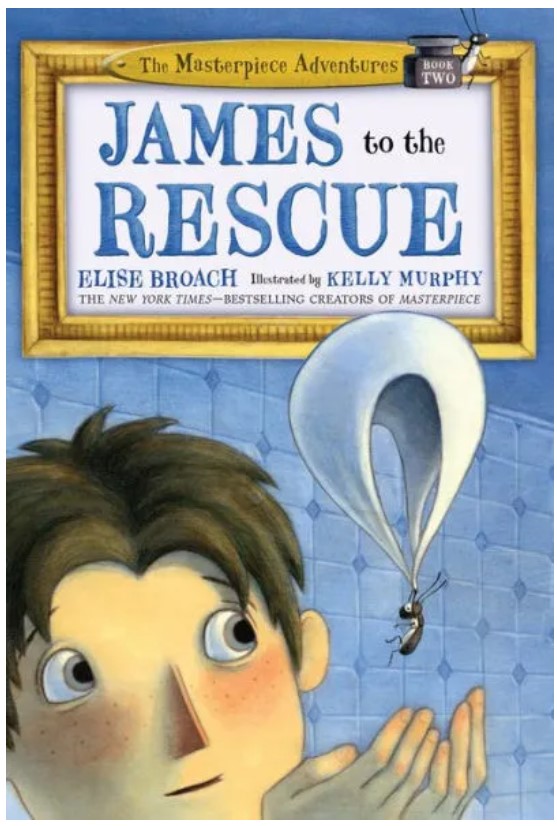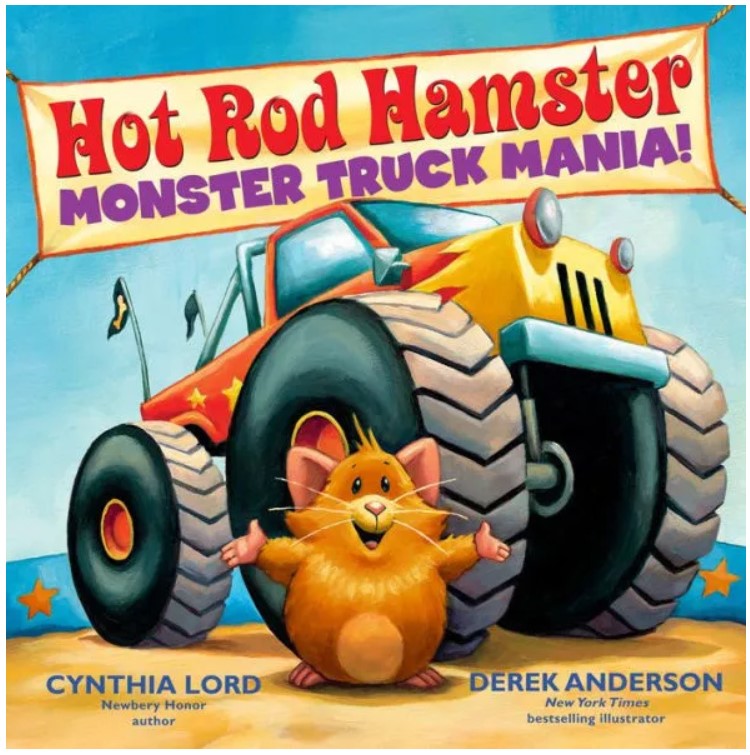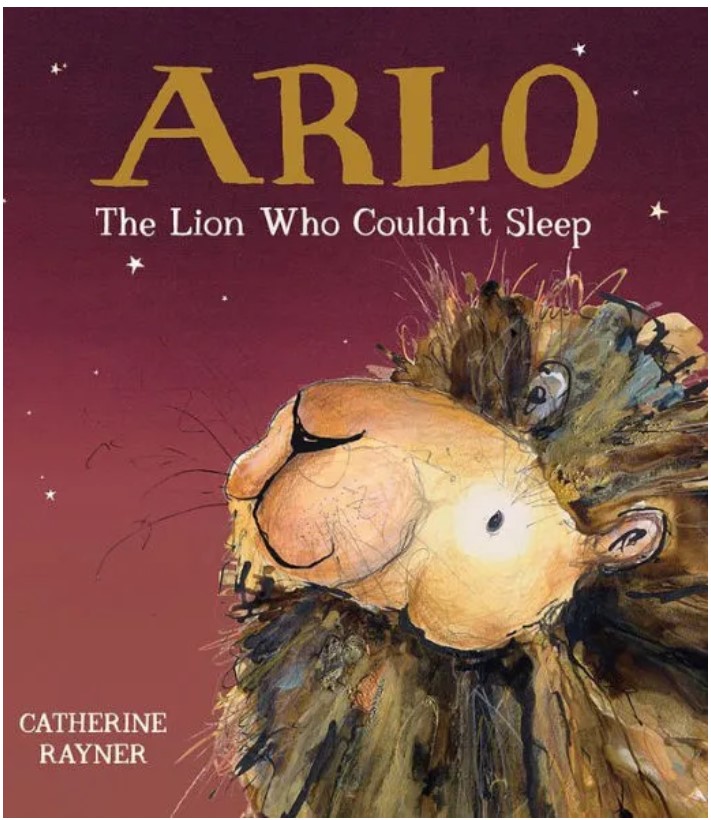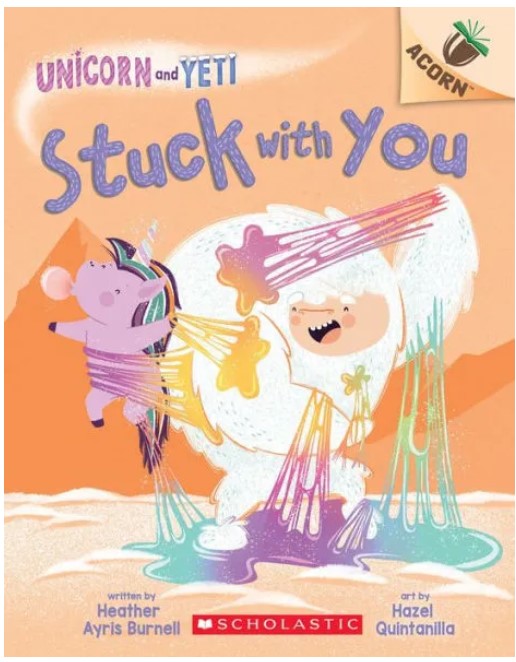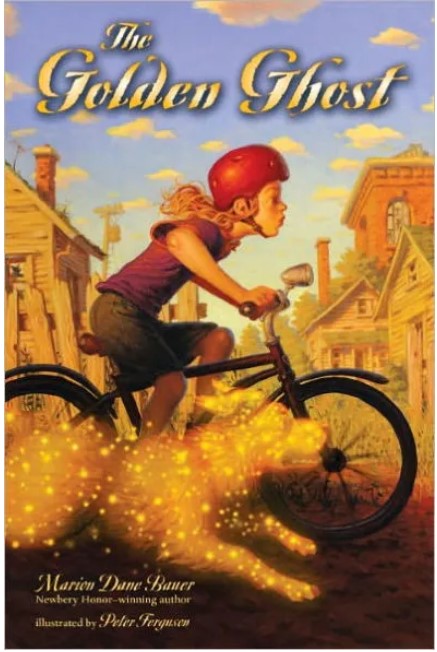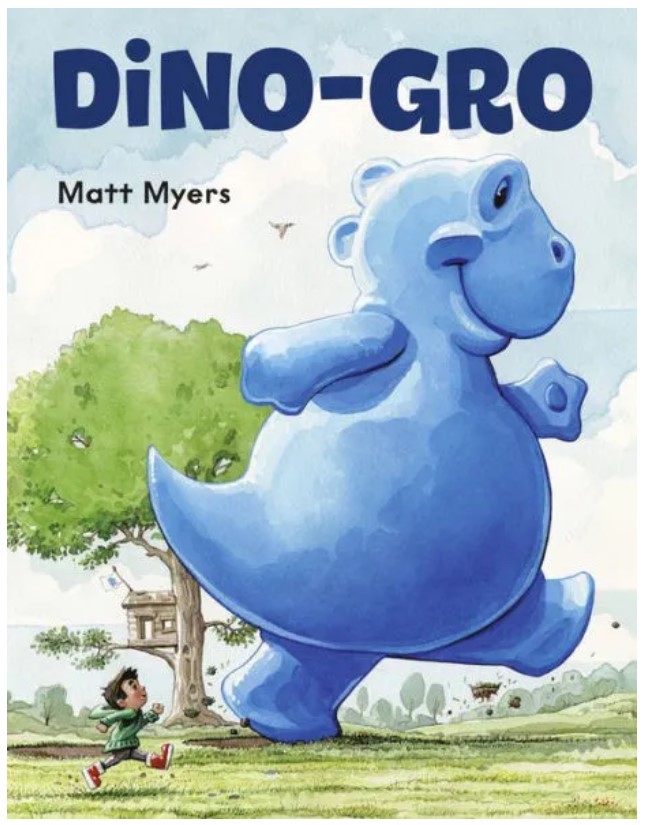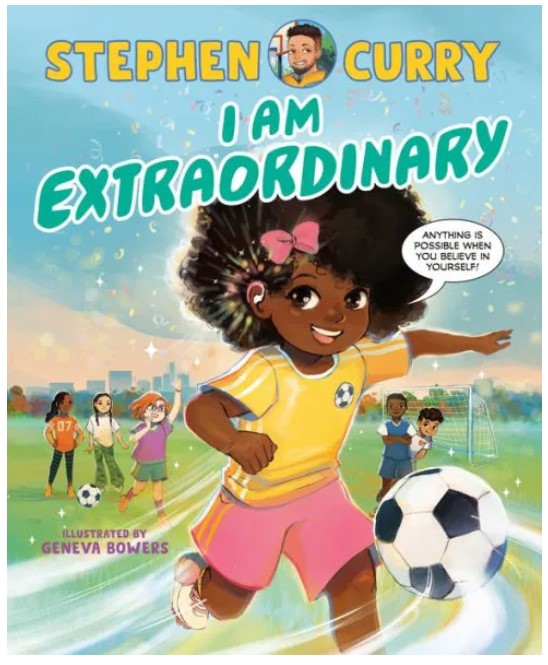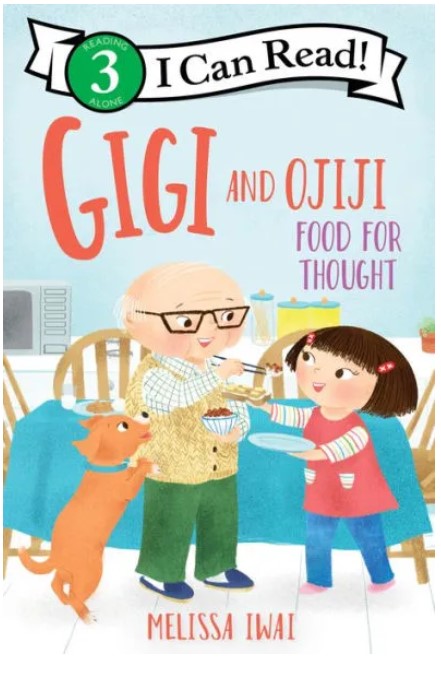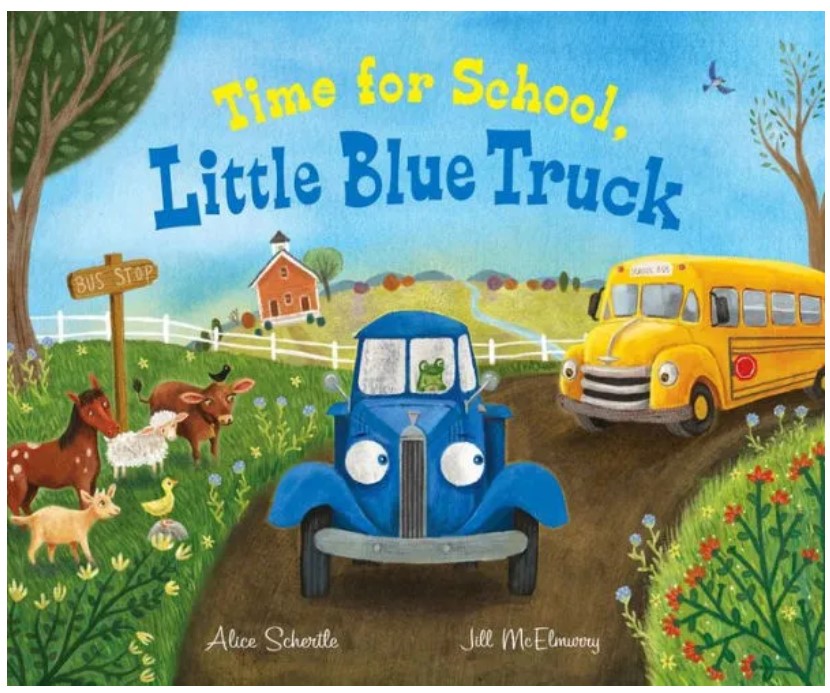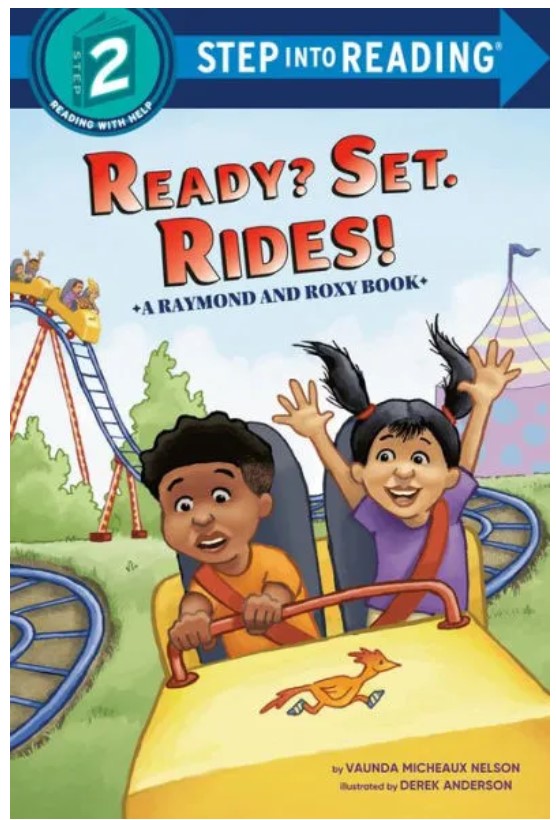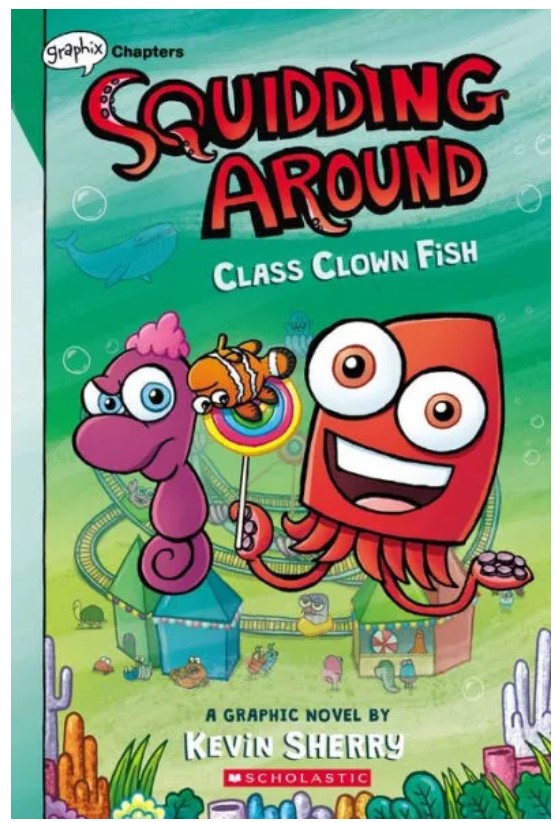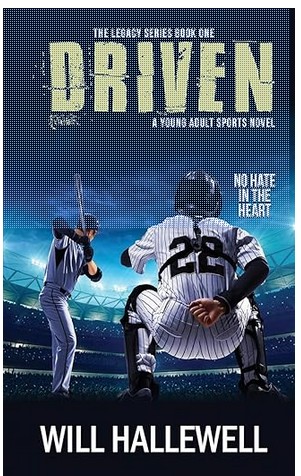Mohandas Gandhi was one of the “bravest and most outspoken leaders in India and the world,” and his dedication to nonviolent protests for freedom and equality led India to achieve independence from Great Britain. During his life, Gandhi’s efforts brought equality to many struggling minorities, and his peaceful methods of change, like fasting, inspired many other leaders worldwide to adopt other nonviolent manners of opposition. Today, millions of people admire Gandhi’s legacy and impact, and they continue to fight for change through his peaceful teachings. However, Gandhi’s journey wasn’t easy, and his path as a world leader required discipline and courage.
Gandhi was a shy and curious child born on October 2, 1869, in Porbandar, India. Although he struggled to talk in public settings, his desire for honesty and equality led him to pursue a life of helping others. Gandhi started a way of life called satyagraha, where he encouraged people to protest unfair laws and discrimination through peaceful, non-violent actions. However, when Great Britain imposed strict laws on the colony of India, Gandhi’s nonviolent manners of change were tested. Would he achieve freedom through his peaceful movements? Or would inequality continue to reign over India?
The Story of Gandhi tells the biographical story of Gandhi’s rise as a brave and forthright speaker. Told from the perspective of an outside narrator, the book follows Gandhi’s life, starting with his childhood in India and ending with his leadership in the fight for India’s independence. While other characters briefly appear in the story, the story primarily focuses on Gandhi. As a result, Gandhi is depicted as an inspirational figure whose courage through difficulties and dedication to his peaceful protests are admirable and influential for readers. The challenges that arose with Gandhi’s movements also showcase the realistic problems in his life, giving the story an authentic and genuine feel.
The biography displays a positive outlook on the themes of courage and discipline. Although Gandhi was opposed and repeatedly thrown in jail for his actions, he held firm to his nonviolent protests and continued to protest peacefully despite the danger. His efforts emphasize the book’s message about standing up against injustice, and it challenges readers to fight for equality without violence. After all, Gandhi believed “in words instead of wars, victory without violence, and leadership through love.”
The Story of Gandhi is part of a series called Story Of: A Biography for New Readers. The story is educationally oriented and includes additional supplementary material, like fun facts, discussion questions, a reading quiz, and a glossary. Simple, colorful illustrations are found on every one to three pages. The back of the book contains a small section for reflection, where the author asks questions for readers to ponder, like “Have you ever stood up for someone who you thought was being treated unfairly?” The book features difficult vocabulary and discusses heavier topics, like discrimination, in a kid-friendly manner, but younger readers may still overlook its significance. Overall, The Story of Gandhi conveys an aspiring tale about one of history’s greatest activists. It’s a motivating story influencing readers to fight for justice and freedom.
Sexual Content
- None
Violence
- Gandhi is repeatedly arrested and “thrown in jail for his peaceful protests” in India and South Africa.
Drugs and Alcohol
- None
Language
- None
Supernatural
- None
Spiritual Content
- None
